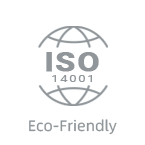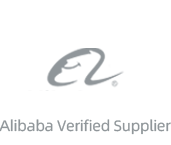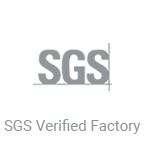In the world of textiles and fabrics, bonding materials play a crucial role in the manufacturing process, providing strong and durable connections between various layers of fabric or other materials. One of the most efficient and reliable bonding methods is through the use of hot melt adhesive film, often regarded as the best fabric bonding tape available today. This article will explore the benefits, uses, and key features of hot melt adhesive films, and why they are a preferred choice for fabric bonding applications.
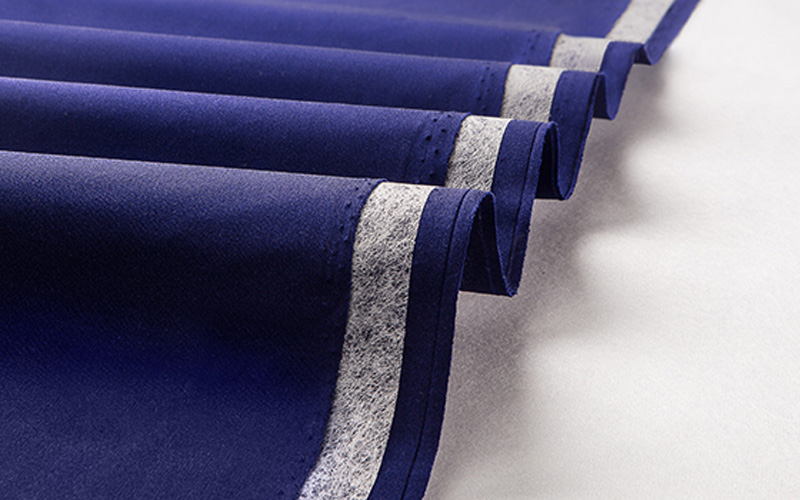
What Is Hot Melt Adhesive Film?
Hot melt adhesive film is a type of adhesive material that is solid at room temperature but melts when heat is applied. This adhesive is commonly used in the textile and garment industries for bonding fabric materials without the need for sewing or traditional adhesive pastes. It comes in the form of thin films or sheets that can be applied to fabric by using heat and pressure.
The adhesive used in these films is typically made from thermoplastic polymers, which means it becomes soft and tacky when heated, allowing it to bond to fabrics effectively. Once cooled, it hardens to form a strong, durable bond that is resistant to peeling, cracking, and other forms of damage. Hot melt adhesive films can be used for a variety of fabric bonding purposes, from basic garment manufacturing to more complex applications like upholstery, automotive textiles, and industrial fabrics.
Benefits of Hot Melt Adhesive Film
1. Strong and Durable Bonds
One of the primary reasons hot melt adhesive films are so popular is their ability to create strong and durable bonds between fabrics. Unlike traditional bonding methods such as sewing, which may leave visible seams or weak points, the adhesive film creates an invisible, seamless bond that holds the fabric together securely. This bond is resistant to wear and tear, providing long-lasting durability even under stress.
2. No Need for Sewing
In many fabric bonding applications, sewing is the traditional method for joining materials. However, sewing can be time-consuming, labor-intensive, and may result in visible stitching lines. Hot melt adhesive film eliminates the need for sewing, offering a cleaner and more efficient solution. This can be particularly advantageous in high-volume manufacturing settings, where speed and efficiency are paramount.
3. Versatility
Hot melt adhesive films are incredibly versatile and can be used to bond a wide variety of materials, not just fabrics. These films can effectively bond fabric to other textiles, leather, foam, plastics, and even metal. This makes them ideal for a range of industries, including fashion, upholstery, automotive, and more.
4. Improved Aesthetics
Since the bonding process with hot melt adhesive film does not require stitching or visible seams, the finished product looks cleaner and more professional. This is particularly important in industries where the aesthetics of the final product are crucial, such as in high-end fashion or luxury automotive interiors.
5. Heat-Activated Process
The heat-activated nature of hot melt adhesive film makes it easy to apply in a controlled manner. Unlike other adhesives that require chemical activation or prolonged curing times, hot melt adhesives work quickly when heat is applied. This means manufacturers can achieve efficient bonding in a short amount of time, reducing production times and costs.
6. Eco-Friendly
Many hot melt adhesive films are designed to be environmentally friendly, with low emissions and a reduced carbon footprint compared to traditional adhesive methods. Additionally, hot melt adhesives are often solvent-free, which means they do not release harmful chemicals into the air during application, making them a safer choice for both workers and the environment.
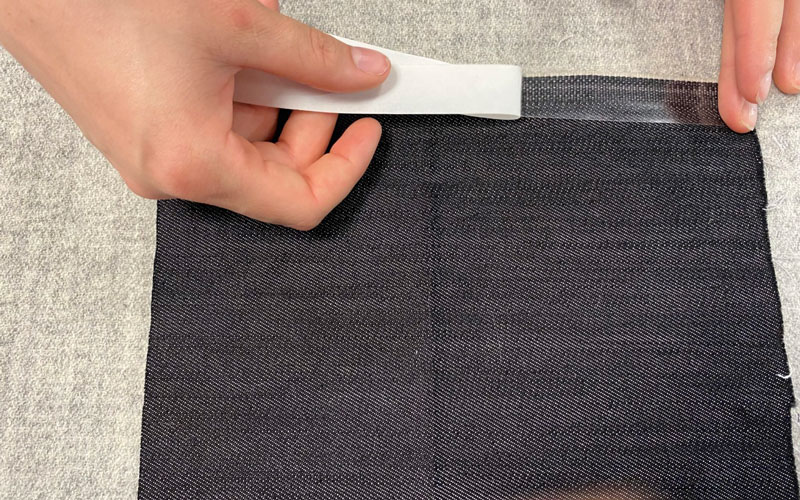
Applications of Hot Melt Adhesive Film
Hot melt adhesive films are used in a wide range of fabric bonding applications across different industries. Some of the most common applications include:
1. Garment Manufacturing
In the garment industry, hot melt adhesive films are used for attaching various components such as collars, cuffs, zippers, pockets, and decorative elements to clothing. These films can bond fabric layers together without the need for visible stitching, providing a smooth, clean finish that enhances the garment’s overall appearance. They are especially useful in creating waterproof, breathable garments, as the adhesive creates a secure bond without compromising the fabric’s properties.
2. Upholstery and Furniture
Hot melt adhesive films are frequently used in the upholstery and furniture industries to bond fabric to foam or other substrates. The adhesive film is ideal for creating smooth, wrinkle-free finishes on cushions, sofas, and chairs. It can also be used for attaching leather or vinyl to frames, providing a strong bond that withstands the rigors of everyday use.
3. Automotive Textiles
In the automotive industry, hot melt adhesive films are used to bond fabric to various interior components such as seats, headliners, and door panels. These adhesives offer high-performance bonding that can withstand the high temperatures and stress conditions found in vehicles, ensuring that the interior components remain intact and durable over time.
4. Footwear Manufacturing
Hot melt adhesive films are also used in the footwear industry to bond various materials, such as fabric, leather, rubber, and synthetic components. These films provide an efficient and cost-effective way to assemble shoes and other footwear without relying on stitching, making them an essential part of modern footwear production.
5. Sports and Outdoor Gear
Hot melt adhesive films are ideal for bonding materials used in sports and outdoor gear, such as tents, backpacks, and sleeping bags. These films can be used to create waterproof and durable seams that are essential for outdoor gear that must withstand harsh weather conditions.
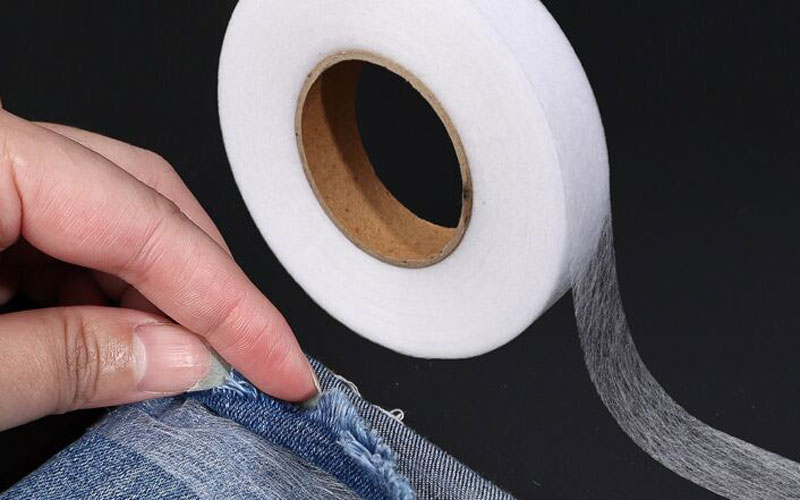
Choosing the Best Fabric Bonding Tape
When selecting a hot melt adhesive film for fabric bonding, it is essential to consider several factors:
- Bonding Strength: Different adhesive films offer varying levels of bonding strength, depending on the materials being bonded. Make sure to choose a product that provides the appropriate strength for your specific application.
- Temperature Resistance: Consider the temperature range in which the adhesive film will be used. Some films are designed to withstand higher temperatures, while others are better suited for low-temperature environments.
- Thickness: Hot melt adhesive films come in various thicknesses, and the appropriate thickness will depend on the type of fabric and the application. Thicker films may provide stronger bonds but may also affect the flexibility of the fabric.
- Environmental Impact: Look for eco-friendly adhesive films that are free of harmful chemicals and have a low environmental impact. This is especially important if your company is committed to sustainability and reducing its carbon footprint.
Conclusion
Hot melt adhesive film is an excellent choice for fabric bonding applications, offering a range of benefits that make it the best fabric bonding tape available today. Its strength, versatility, and ease of application make it ideal for a wide variety of industries, from garment manufacturing to upholstery and automotive textiles. By eliminating the need for sewing and providing durable, seamless bonds, hot melt adhesive films have become a trusted solution for fabric bonding that enhances both the functionality and aesthetics of the finished product.



